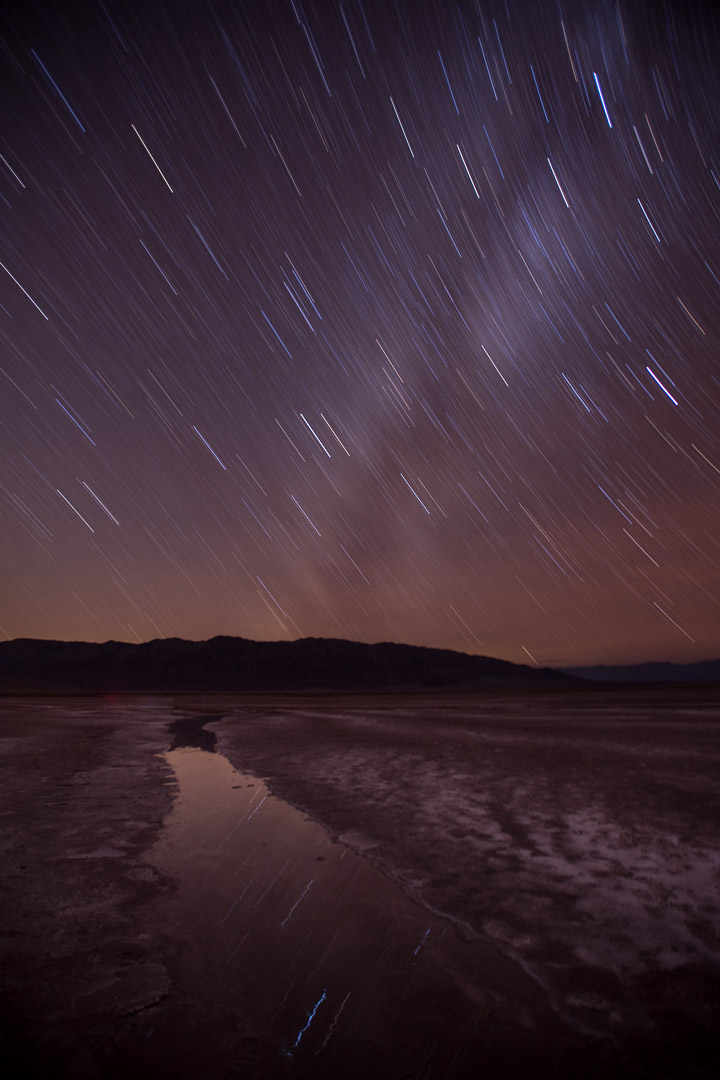Night ISO
Plus, upcoming workshops …
It’s been a while. 2016 was a year of quick growth in my career, and the rapid acceleration made it hard to hold on to some responsibilities, this newsletter included. But I never forgot it, knew I wanted to return to it, and have kept cognizant of how to re-adapt it into my workflow. Now, it’s back.
I enjoyed writing this newsletter last year, and am eager to write it more regularly this year. (Though I’ll likely be doing so biweekly, at least for a little while. We’ll see what works best.) Thank you for sticking with me, and as a reminder, if you have any questions I can help out with, please send them my way.
Before getting to this week’s Q&A, two related items:
I have a bunch of photography workshops I’ll be leading and teaching this year, but two in particular are worth mentioning now:
- From April 21 to 26 I’ll be with Lance Keimig, my partner at National Parks at Night, teaching at the first of our two workshops in Joshua Tree National Park in California. Joshua Tree is a surprisingly diverse park that I haven’t visited since 2003, and I’m very excited not only to be heading back, but to be bringing others to see how many fantastic photography opportunities await.
- From May 29 to June 2 I’ll be partnering with Susan Magnano and Michael Malandra to offer an all-encompassing workshop at Great Smoky Mountains National Park in North Carolina and Tennessee. Great Smoky Mountains is the highest-visited national park year after year, and for good reason. Despite being known among photographers primarily as a fall destination, GSM is stunning in spring, with rushing streams and rivers, full-flowing waterfalls, trees colored in “new green”, and mountain laurel lacing the forest undergrowth.
Both of these workshops have a few seats left. If you’re interested in attending either but have questions first, please feel free to contact me today. We’d love to have you join us in these amazing places!
And for a complete list of all the locations I’m teaching at this year, please see my Photo Workshops and Tours webpage.
Onward…
This Week’s Question
Q. When photographing the night sky, how important is your ISO setting? How do you keep from getting noise in your picture? — Mike
A. Your question hits on one of the fundamental challenges (and therefore one of the fundamental strategies) of night photography. Noise is a monster that rears its head in different ways at different times. For example, noise can be less of an issue in colder temperatures than warmer, which is one of several reasons why winter is a great time to shoot at night.
High ISO noise, in my opinion, is the easiest to deal with, because you can run some simple tests with your camera, view the results, determine what is acceptable to you, and then abide by the limits you set for your workflow and your gear when you’re out shooting.
Your judgement is what’s important, because there’s no scientific measurement for when much noise is too much noise. Also, everyone’s gear produces different results. Therefore, the only way to know for sure how far you can push your camera is to test it yourself, to see what you like and what you don’t.
To run some low-light tests on your camera, set up either outdoors or indoors in low light. Put your camera on a tripod and aim it at someplace that provides a nice mix of highlights, shadows and midtones. Then make a series of exposures at different ISOs, using only shutter speed to compensate (i.e., keep the aperture consistent).
Dump that card into Lightroom (or another image editor of choice), and view each photo at 100 percent. Advance through the images, starting with the one shot at the lowest ISO and succeeding up through the higher ISOs. Use your own judgement as to what you find acceptable—in other words, at which ISO do you think the images are starting to suffer?
If you like to print, then do this same evaluation with prints, as the noise may (and likely will) bother you less when seen at viewing distance.
(For a more detailed explanation of how to run this test, see this recent blog post by my friend and business partner Matt Hill: “Keep the Noise Down: How to Take an ISO Test with your Camera.”)
Now you can employ this self-found knowledge when out shooting at night and deciding how far to push your camera.
When you’re photographing dark skies—such as star points or Milky Way photos—you need to use the ISO you need to use. There’s not a lot of downward leeway if you’re trying to freeze celestial action, because you’re limited by the minimal light and the motions of the universe. But if you’re shooting star trails, go ahead and use a low ISO; for example, I shot the photo above (from Death Valley) for 20 minutes at ISO 100. No high ISO noise.
[contentblock id=newsletterfooter]

